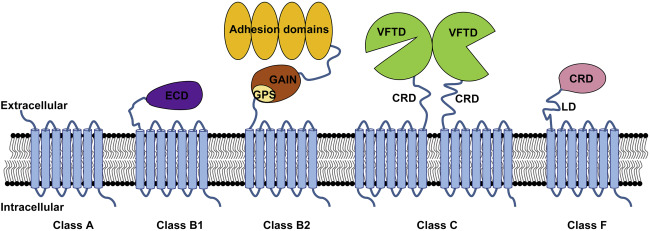GPCR Family A, also known as Rhodopsin-like receptors, comprises the largest subgroup of G protein-coupled receptors (GPCRs) in humans, surpassing 800 members. These receptors play a crucial role in transmitting signals from various extracellular stimuli, including hormones, neurotransmitters, and sensory stimuli. Consequently, the targeted inhibition of GPCR Family A receptors holds immense therapeutic potential for a wide range of diseases, including inflammation, pain, metabolic disorders, and cardiovascular diseases.
Researchers have developed diverse classes of inhibitors to selectively target GPCR Family A receptors. These include ligands, antibodies, and allosteric modulators. For instance, beta-blockers such as propranolol and metoprolol are commonly prescribed to treat hypertension and cardiac arrhythmias. They achieve this by blocking the beta-adrenergic receptor, a member of GPCR Family A, thus inhibiting the binding of agonists and reducing heart rate and blood pressure.
In addition to beta-blockers, small molecules like sertraline and fluoxetine have been designed to modulate serotonin receptors, which also belong to GPCR Family A. These drugs are extensively utilized in the treatment of depression and other mood disorders by selectively inhibiting serotonin reuptake, thereby increasing serotonin activity in the brain.
Although the therapeutic potential of targeting GPCR Family A receptors with inhibitors is substantial, it is crucial to acknowledge the challenges associated with identifying specific inhibitors for individual receptors. This is due to the wide range of expression and diversity within this GPCR family. Nonetheless, ongoing research and development efforts are focused on the discovery of potent and selective inhibitors that can advance precision medicine and enhance patient outcomes.
By exploring and harnessing the potential of GPCR Family A inhibitors, we pave the way for groundbreaking therapeutic strategies and advancements in precision medicine. Ultimately, these developments have the potential to revolutionize patient care and improve the quality of life for individuals suffering from various diseases.




